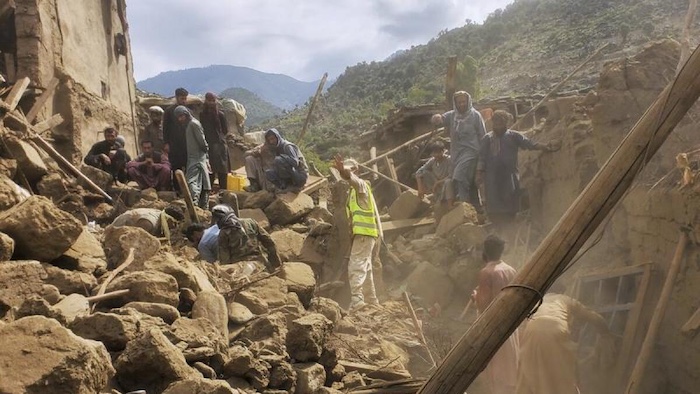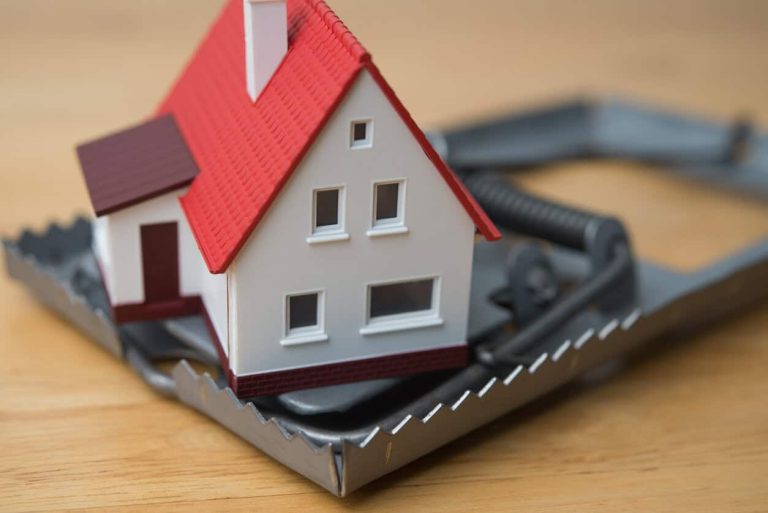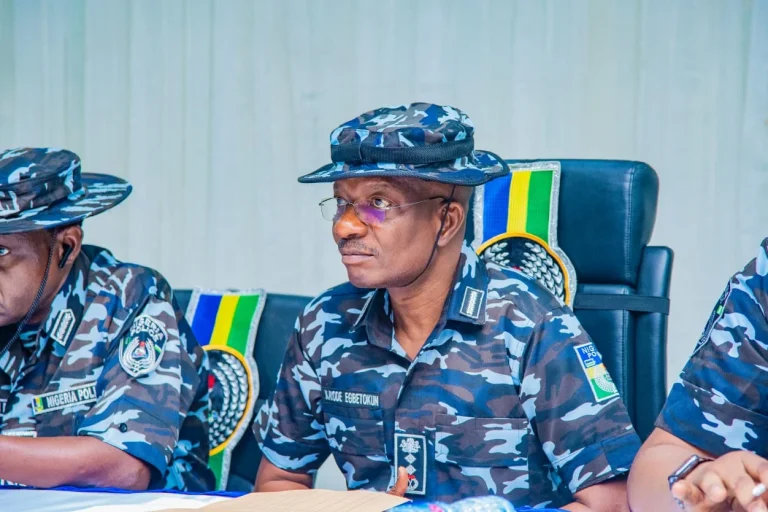
At least 20 people have been killed and more than 320 injured after a powerful 6.3-magnitude earthquake struck northern Afghanistan early Monday, local authorities have confirmed.
The quake hit near Mazar-e-Sharif, one of the country’s largest cities with a population of about 500,000, at around 1:00 a.m. local time (20:30 GMT). According to the US Geological Survey, it had a depth of 28 kilometers (17 miles) and was marked at an orange alert level, indicating that significant casualties and damage were likely.
Sharafat Zaman Amar, spokesperson for the Taliban-run Ministry of Health, said the death toll is expected to rise as rescue and recovery efforts continue. Provincial officials also reported that hundreds of homes were damaged and that emergency response teams were still combing through debris.
Haji Zaid, a Taliban spokesman in Balkh province, said many of the victims were injured after falling from tall buildings in panic. “Many people are injured in the Sholgara district,” he wrote on X (formerly Twitter), adding that most injuries were minor but widespread.
Videos shared online by local officials appeared to show debris scattered across the courtyard of the historic Blue Mosque, one of Mazar-e-Sharif’s most significant landmarks and a major pilgrimage site believed to house the tomb of the first Shia Imam.
Residents described moments of chaos as people fled their homes fearing collapse. “Everyone ran outside. The ground was shaking so hard,” one resident told local reporters.
Authorities in nearby Samangan province also confirmed several fatalities and widespread structural damage in mountain communities close to the quake’s epicenter.
The disaster follows a deadly 6.0-magnitude earthquake that struck Afghanistan’s eastern region in late August, killing more than 1,000 people. That earlier quake was particularly devastating in rural areas where homes built from mud and timber collapsed easily.
Afghanistan remains one of the world’s most earthquake-prone countries, sitting atop major fault lines where the Indian and Eurasian tectonic plates collide.
Erizia Rubyjeana



